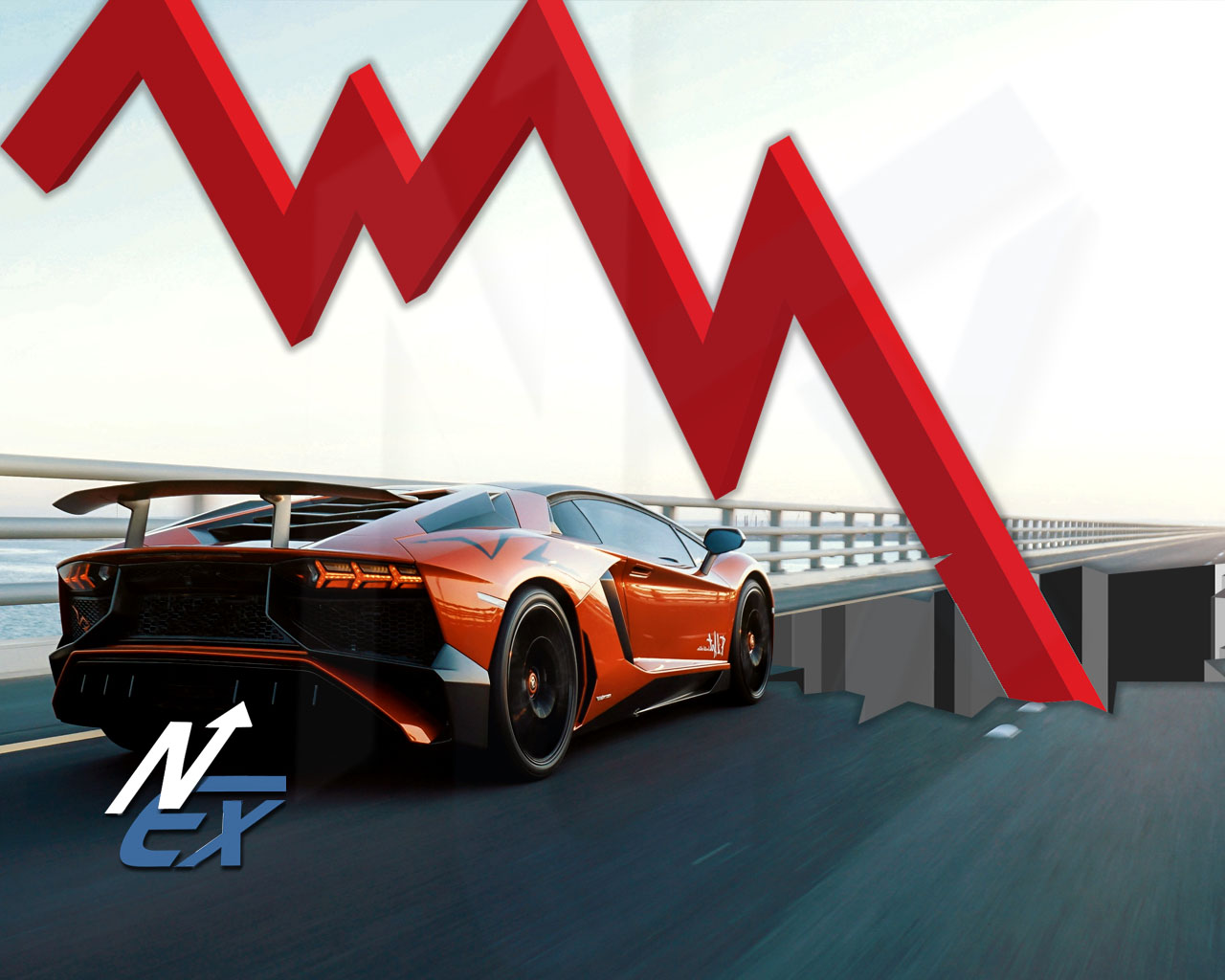




One of the major costs associated with owning a vehicle isn't just its fuel consumption or maintenance expenses; it’s the loss in its value over time, commonly known as depreciation. This phenomenon can significantly affect the resale value of your vehicle, and understanding the nuances of car depreciation is essential for both new and seasoned car owners. In this analysis, we will dive deep into the average rates of depreciation and provide you with a clearer understanding of how much a car might lose in value over the years.
Depreciation is the decline in a car's value over time. While there are several factors at play – including make and model, overall demand, and economic trends – the most significant is often the car's age.
Annual Car Depreciation Rates: The First Year Hit
Historically, the first year tends to be the harshest in terms of depreciation. On average, a new car can lose between 20% and 30% of its value within the first 12 months of ownership. Ouch! This huge and often shocking drop can be just due to one simple fact and we have all heard it said. Once you drive a new car off the lot, it's immediately categorized as a "used" car and the value drops, even if it only has a few miles on the odometer.
Car Depreciation after Three Years
After that initial first-year hit, car depreciation rates tend to slow down, thankfully, but will continue to grow regardless. In this case, by the end of the third year, a car will typically lose roughly about 40% to 50% of its original value. The exact percentage can vary based on the car's brand, its overall reliability ratings, and market demand, among other factors.
For example, shiny and techy luxury cars or those the newest bells and whistles might see a faster rate of depreciation as newer models with keep coming out with updated features that are launched. ALso luxiry cars are constantly getting cosmetic changes that easily demonstrate how old it is. Conversely, vehicles known for their durability and longevity, like some pickup trucks or certain Japanese-made cars, depreciate at a slower rate. Examples of these come about later in our article.
The Ten-Year Picture
A decade can seem like a very long time in the auto world. Huge advancements, shifts in design philosophy, and evolving safety standards can make a 10-year-old car seem archaic compared to the latest models. As such, by the 10-year mark, most cars will have lost between 70% to 80% of their original value. Even though cars last longer than hey used to.
However, there's a silver lining here. As mentioned, after the first few years, the rate of car depreciation slows considerably. So that means the value difference between an 8-year-old car and a 10-year-old car isn't as drastic as between a new car and a 2-year-old car. So if you are driving an older car you don't need to be a hurry to unload it.
Factors Influencing Car Depreciation
Besides the obvious age factor, other factors can influence a car's rate of depreciation:
Understanding the rate at which specific car brands and models depreciate can provide invaluable insights when making a purchasing decision. Brands that hold their value tend to offer more reliability, while those with rapid depreciation might offer initial savings but less return on investment in the long run. Let’s delve into brands and models known for their respective rates of depreciation.
Remember, while newer cars offer the latest in technology and safety features, they also come with a hefty depreciation price tag in the initial years. In contrast, opting for a used car, especially one that's past its rapid depreciation phase (2-3 years old), can offer significant value. As always, consider your needs, budget, and preferences, and let knowledge guide your journey on the road.
The value a car retains over time is influenced by a complex mix of brand reputation, reliability, market trends, technological advancements, and regional preferences. When purchasing a vehicle, considering depreciation rates is essential. A car with low depreciation might save you more money in the long run than an initially cheaper vehicle that rapidly loses its value.
While depreciation is inevitable, understanding its rates and factors can help consumers make informed decisions. Whether you're considering selling your current vehicle or purchasing a new or used one, being aware of depreciation trends will allow you to better anticipate future values and get the most bang for your buck.
Carl brings over a decade of proven expertise in the auto shipping industry, with hands-on experience in nearly every aspect of the business since 2014. From dispatching and sales to customer service and operations, he has built a 360° understanding of how vehicle transport truly works.
As the driving force behind NX Automotive Transport’s website, Carl is both the author and strategist behind the educational content and guides that thousands of customers rely on to make informed shipping decisions. His mission is to raise the standard of honesty and transparency in auto transport, not only by leading NX’s content and customer education, but also by mentoring and training others in the industry.
Carl’s unmatched depth of knowledge, combined with his dedication to fair and straightforward practices, makes him one of the most trusted voices in auto transport today.
There isn't insider pricing or special deals others get that we cannot.
We believe in giving jobs to our community. All sales staff is here in the USA.